Oracle Built-in Packages Steven Feuerstein, Charles Dye, John Beresniewicz
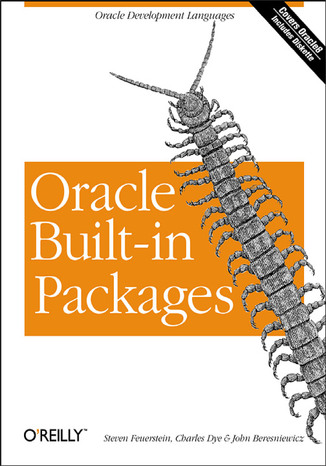



- Autorzy:
- Steven Feuerstein, Charles Dye, John Beresniewicz
- Wydawnictwo:
- O'Reilly Media
- Ocena:
- Stron:
- 956
- Dostępne formaty:
-
ePubMobi
Opis
książki
:
Oracle Built-in Packages
Oracle is the most popular database management system in use today, and PL/SQL plays a pivotal role in current and projected Oracle products and applications. PL/SQL is a programming language providing procedural extensions to the SQL relational database language and to an ever-growing number of oracle development tools. originally a rather limited tool, PL/SQL became with Oracle7 a mature and effective language for developers. now, with the introduction of Oracle8, PL/SQL has taken the next step towards becoming a fully realized programming language providing sophisticated object-oriented capabilities. Steven Feuerstein'sOracle PL/SQL Programming is a comprehensive guide to building applications with PL/SQL. That book has become the bible for PL/SQL developers who have raved about its completeness, readability, and practicality.Built-in packages are collections of PL/SQL objects built by Oracle Corporation and stored directly in the Oracle database. The functionality of these packages is available from any programming environment that can call PL/SQL stored procedures, including Visual Basic, Oracle Developer/2000, Oracle Application Server (for web-based development), and, of course, the Oracle database itself. Built-in packages extend the capabilities and power of PL/SQL in many significant ways. for example:
- DBMS_SQL executes dynamically constructed SQL statements and PL/SQL blocks of code.
- DBMS_PIPE communicates between different Oracle sessions through a pipe in the RDBMS shared memory.
- DBMS_JOB submits and manages regularly scheduled jobs for execution inside the database.
- DBMS_LOB accesses and manipulates Oracle8's large objects (LOBs) from within PL/SQL programs.
- 1. Introduction
- Executing Dynamic SQL and PL/SQL
- Intersession Communication
- User Lock and Transaction Management
- Oracle Advanced Queuing
- Generating Output from PL/SQL Programs
- Defining an Application Profile
- Managing Large Objects
- Datatype Packages
- Miscellaneous Packages
- Managing Session Information
- Managing Server Resources
- Job Scheduling in the Database
- Snapshots
- Advanced Replication
- Conflict Resolution
- Deferred Transactions and Remote Procedure Calls
Wybrane bestsellery
Steven Feuerstein, Charles Dye, John Beresniewicz - pozostałe książki
O'Reilly Media - inne książki
Dzięki opcji "Druk na żądanie" do sprzedaży wracają tytuły Grupy Helion, które cieszyły sie dużym zainteresowaniem, a których nakład został wyprzedany.
Dla naszych Czytelników wydrukowaliśmy dodatkową pulę egzemplarzy w technice druku cyfrowego.
Co powinieneś wiedzieć o usłudze "Druk na żądanie":
- usługa obejmuje tylko widoczną poniżej listę tytułów, którą na bieżąco aktualizujemy;
- cena książki może być wyższa od początkowej ceny detalicznej, co jest spowodowane kosztami druku cyfrowego (wyższymi niż koszty tradycyjnego druku offsetowego). Obowiązująca cena jest zawsze podawana na stronie WWW książki;
- zawartość książki wraz z dodatkami (płyta CD, DVD) odpowiada jej pierwotnemu wydaniu i jest w pełni komplementarna;
- usługa nie obejmuje książek w kolorze.
Masz pytanie o konkretny tytuł? Napisz do nas: sklep@helion.pl
Książka drukowana



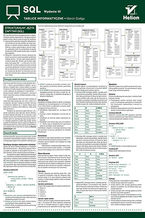
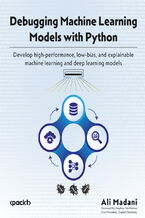

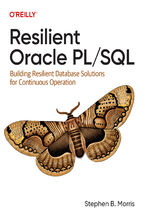
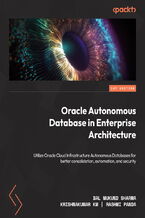
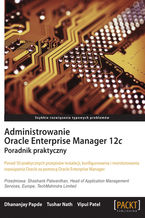
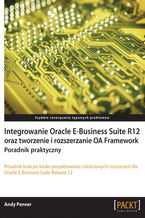

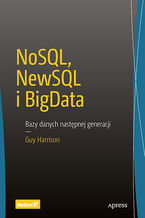
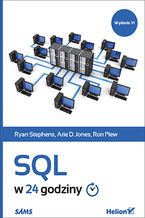
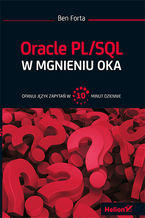

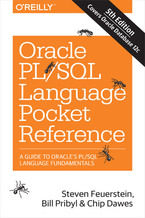
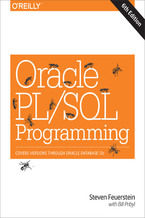
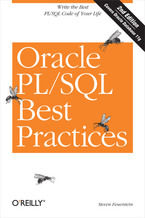

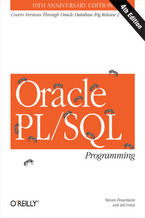
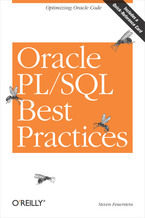
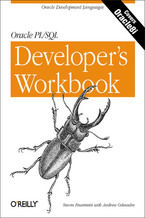
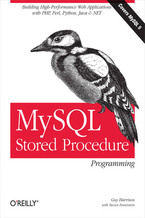








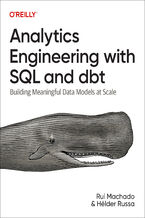

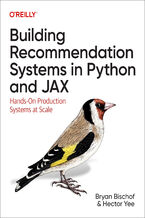

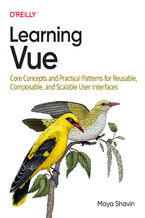
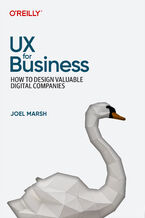
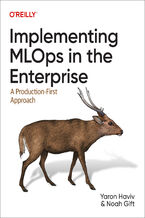
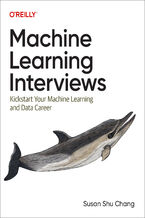
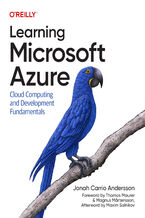
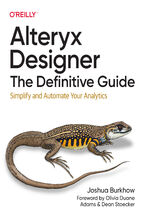



Oceny i opinie klientów: Oracle Built-in Packages Steven Feuerstein, Charles Dye, John Beresniewicz (0) Weryfikacja opinii następuję na podstawie historii zamówień na koncie Użytkownika umieszczającego opinię.
Weryfikacja opinii następuję na podstawie historii zamówień na koncie Użytkownika umieszczającego opinię.